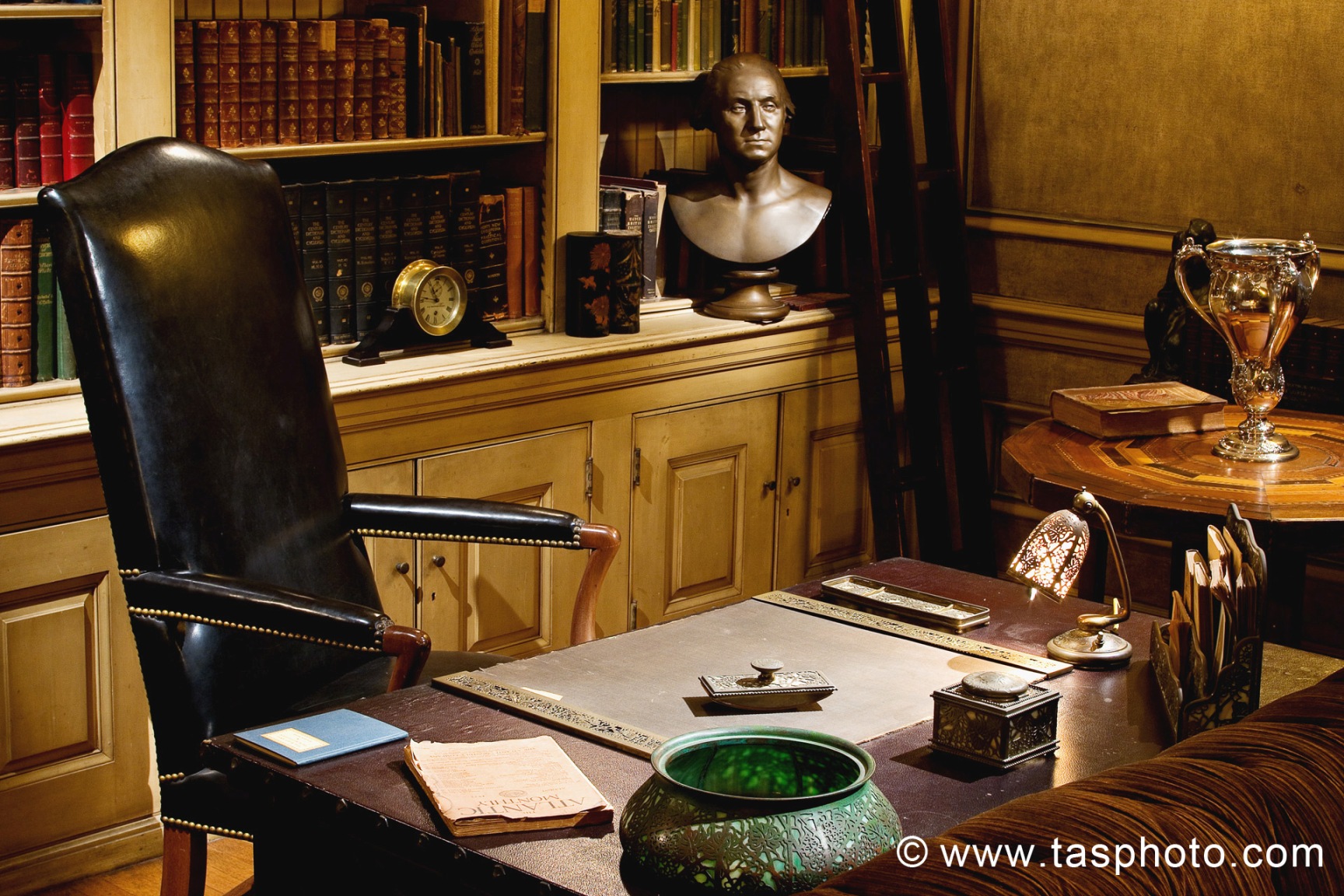Today, War & Art: Destruction and Protection of Italian Cultural Heritage during World War I will be on display at the President Woodrow Wilson House through July 2015.
 |
| St. Marks Basilica, Venice (Photo Courtesy of Archaeology Travel) |
One of the historical structures protected during this time was St. Marks Basilica in Venice, Italy. Considered a treasure of Italian cultural heritage, St. Marks has been the Cathedral Church of the Roman Catholic Archdiocese of Venice since the 1000s. War & Art shows the extensive efforts the Italians made in order to protect and preserve the Cathedral. These preventative measures ranged from using sandbags to building fences to protect the Basilica’s interior and façade.
%2B60x%2B(1).jpg) |
| MCRR Album V, 60x: Venice, St. Mark's Basilica, removal of the bronze horses on the facade, 1915 |
Originally, these bronze horses belonged to the Byzantine Empire and stood as part of the Hippodrome of Constantinople for centuries. During the 1200s, the Venetians triumphed over the Byzantine Empire in the Fourth Crusade. Their victory led them to take home the riches of the capital—including these horse sculptures. Doge Dandolo, the Venetian leader, arranged for the four horses to be installed on the front façade of St. Marks Basilica. Ever since, the Venetians take pride with this symbol of their triumph over the Byzantine Empire.
Due to this rich history, the destruction of World War I proved to be too vast and great to leave the horses unprotected. In 1915, the Italians decided to dismantle and relocate the sculptures. War & Art shows the process of the horses moving from the front façade to the ground where they were packaged in order to be shipped to safety.
St. Marks Basilica and the bronze horses are only some of the many stories incorporated into War & Art. The photographs in this exhibition not only document early preservation efforts, but have also become works of arts in their own right.
Due to this rich history, the destruction of World War I proved to be too vast and great to leave the horses unprotected. In 1915, the Italians decided to dismantle and relocate the sculptures. War & Art shows the process of the horses moving from the front façade to the ground where they were packaged in order to be shipped to safety.
St. Marks Basilica and the bronze horses are only some of the many stories incorporated into War & Art. The photographs in this exhibition not only document early preservation efforts, but have also become works of arts in their own right.
 |
| MCRR Fp2 0081: Possagno in the province of Treviso, transportation of the gypsum statue of George Washington by Antonio Canova after the museum was bombed 1918 |
As a site of the National Trust for Historic Preservation, the President Woodrow Wilson House is pleased to co-sponsor and to display this remarkable collection of photographs taken in Italy during World War One. We extend our thanks to the Italian government and people and to the Embassy of Italy to the United States for making this exhibition possible.
This exhibition has been organized by Istituto Per La Storia Del Risorgimento Italiano, Roma, the Embassy of Italy and the Italian Cultural Institute in Washington D.C., with support from theItalian Cultural Institute of Chicago.
This exhibition has been organized by Istituto Per La Storia Del Risorgimento Italiano, Roma, the Embassy of Italy and the Italian Cultural Institute in Washington D.C., with support from theItalian Cultural Institute of Chicago.






No comments :
Post a Comment